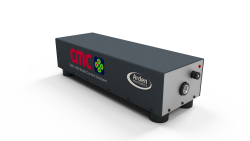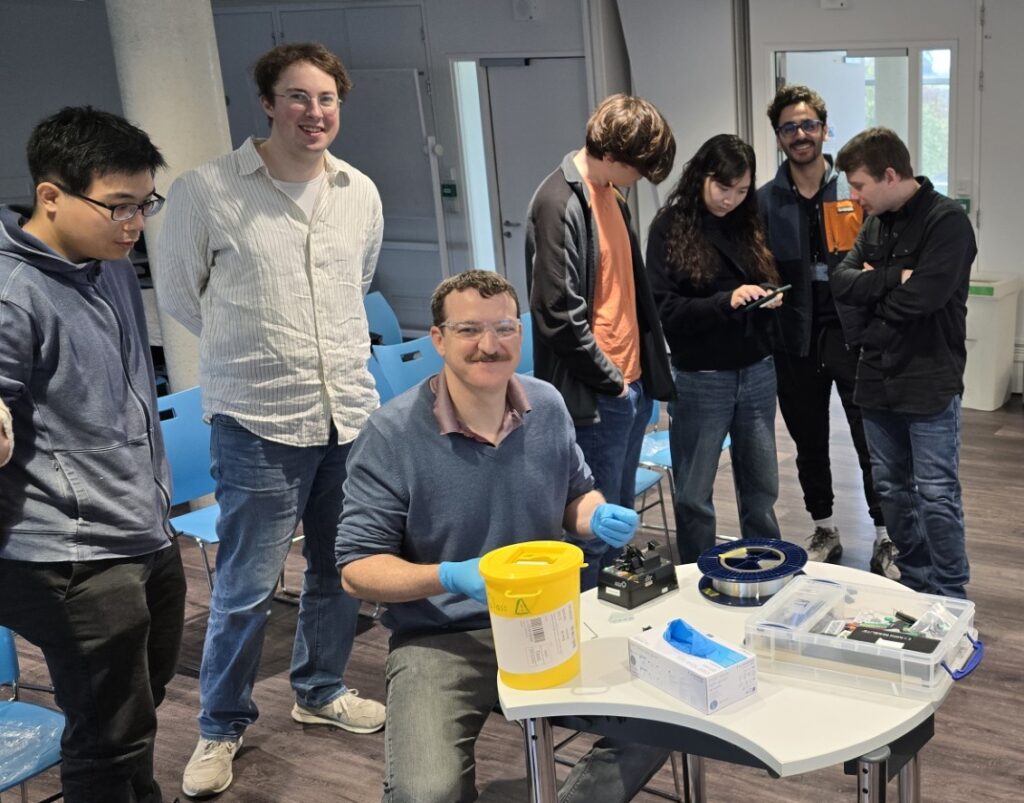We are excited to announce the launch of our latest product, the CMC-1550 Modal Content Analyser, which helps unlock the full potential of specialty fibers with complicated structures – hollow core fiber and few-mode fiber. It measures the modal characteristics, including modal intensity and modal phase, of each individual mode of the specialty fibers, by employing the spatially and spectrally resolved imaging (S2) technique to obtain the Differential Group Delay (DGD), to help specialty fiber manufacturers validate the fiber designs and ensure production quality.
Hollow core fiber and few-mode fiber are advanced fibers that enhance control over light propagation and enable advanced functionalities in applications such as gas sensing, laser delivery applications and other industrial and medical applications. Hollow core fiber transmits light through air or other gases and has low nonlinearity and dispersion, making it ideal for applications that require high power or broad bandwidth. Few-mode fiber supports specific modes or mode combinations, reduces the sensitivity of nonlinear effects, and increases the capacity and bandwidth of communication systems. However owing to the complicated structures and the sensitivity of the modal content of these specialty fibers, any minute design and production issues can have significant impacts on the performance of the applications.
To fully untap the potential of hollow core and few-mode fibers, a precise and reliable measurement of their modal content is essential to provide thorough understanding of the characteristics of the fibers, allowing researchers, engineers and manufacturers to optimise fiber performance, enhance light coupling and control mode interactions, and increase production yield.
“We are thrilled to announce the launch of the CMC-1550 Modal Content Analyser. This innovative product is the answer to lots of fiber design and manufacturing problems. It means a lot to Arden,” said David Robinson, CEO and founder of Arden Photonics Limited. “Hollow core fiber and few-mode fiber have complicated structures and are hard to measure. Over the years, Arden has worked with our key partners to develop this cutting-edge product to validate their specialty fiber designs, and improve their production yield. We faced lots of development difficulties and production uncertainties, but we overcame them one by one. This is a great manifestation of our core values – quality, precision and customer success. We hope more specialty fiber manufacturers can benefit from the precise and reliable modal content measurement provided by the CMC-1550.”
Arden CMC-1550 Modal Content Analyser, which consists of two different units – a launch unit and a receiver unit, measures the modal content of hollow core and few mode fibers, up to 400 μm in diameter. It employs the spatially and spectrally resolved imaging (S2) technique to identify and characterise the fiber’s individual mode, estimate its mode-dependent propagation loss, and assess its mode coupling effects. The CMC-1550 also obtains the Differential Group Delay (DGD) for each propagation mode and the relative intensity (or Multipath Interference (MPI)), compared to the most excited mode. The instrument provides a comprehensive understanding of the individual mode characteristics and their interactions within the fiber, helps to reconstruct the propagation mode profiles and phases of the guided modes of the fiber under test. It also comes with a production-ready software which provides valuable information at a glance and enables user-friendly functions like loop measurement mode allowing real time measurement of modal content of the specialty fibers.
To find out more about Arden’s CMC-1550 Modal Content Analyser, please visit our product page.
This innovative product, along with our nPA-600 Refractive Index Profiler, will be debuted in the Laser World of Photonics in Munich, Germany, from 27 to 30 June. Please visit our booth A3.110 to be one of the first people to experience the demonstrations of our new products.
Please make a 30-min reservation here:




